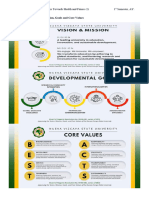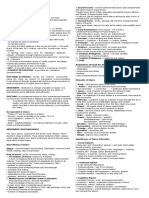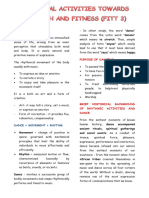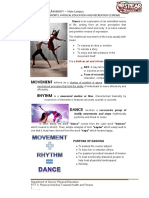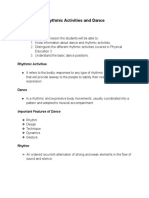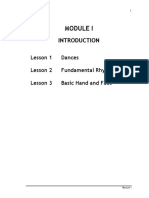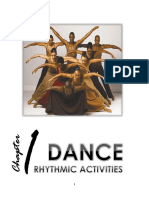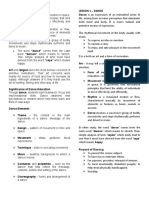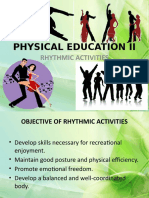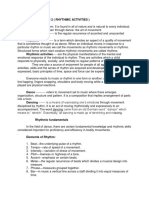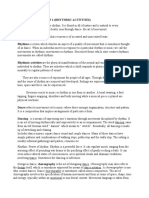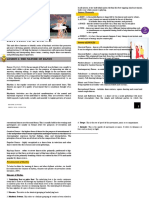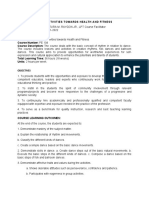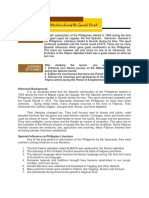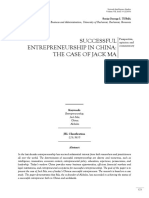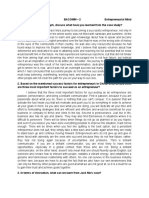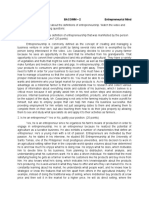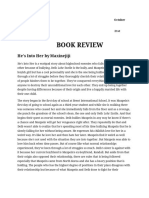0% found this document useful (0 votes)
24 views1 pageDance
This document discusses rhythmic activities and their importance in developing nationalism and preserving cultural heritage. It will help students improve self-expression through dance interpretation and creating simple movements. Rhythmic activities rely on internal or external rhythm for self-expression, exercise, demonstrating ability, socialization, and expressing culture.
Uploaded by
Mariel C. BombitaCopyright
© © All Rights Reserved
We take content rights seriously. If you suspect this is your content, claim it here.
Available Formats
Download as DOCX, PDF, TXT or read online on Scribd
0% found this document useful (0 votes)
24 views1 pageDance
This document discusses rhythmic activities and their importance in developing nationalism and preserving cultural heritage. It will help students improve self-expression through dance interpretation and creating simple movements. Rhythmic activities rely on internal or external rhythm for self-expression, exercise, demonstrating ability, socialization, and expressing culture.
Uploaded by
Mariel C. BombitaCopyright
© © All Rights Reserved
We take content rights seriously. If you suspect this is your content, claim it here.
Available Formats
Download as DOCX, PDF, TXT or read online on Scribd
/ 1

